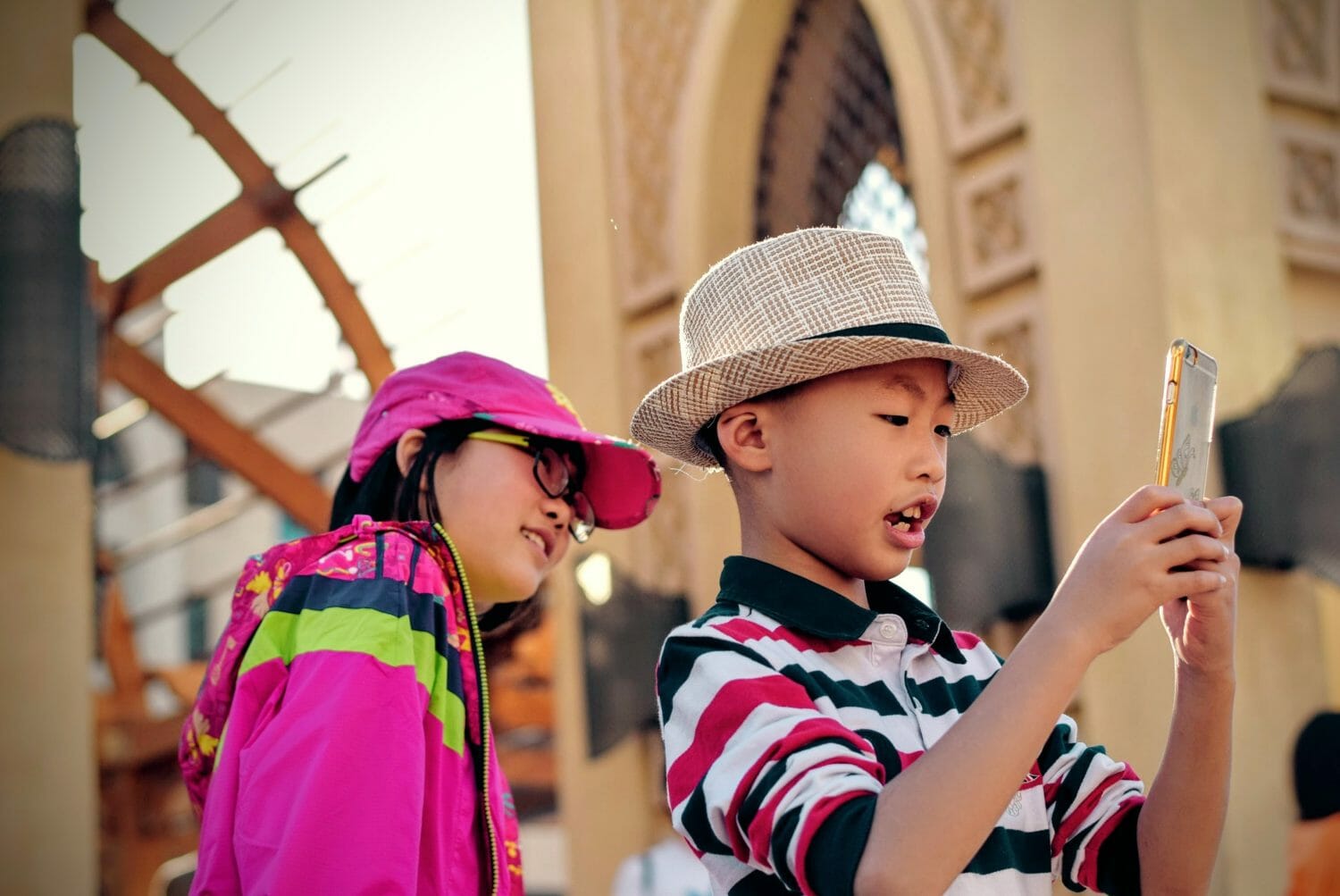It’s never too early to begin educating children on the foundations of money and finance to improve their financial literacy. In fact, the statistics suggest many adults themselves could use a fundamental 101 course on finance.
With or without the world-altering economic effects of the coronavirus, too many Americans are struggling with financial wellness, not to mention financial literacy. We’ve all heard the stats by now: 78 percent of Americans live paycheck-to-paycheck, only 24 percent of Millennials demonstrate basic financial literacy, and only 30 percent of U.S. households have a long-term financial plan. Those financial habits get communicated, directly or indirectly, to the adults of tomorrow.
The “Stay At Home” order has given parents a unique opportunity to work one-on-one with their children at home, regardless of age, and establish new habits of managing their money, building financial literacy, and actively planning for and cementing those habits once recovery begins.
It’s a different world than when we were kids. Today’s children are learning differently, with contemporary technology readily at their fingertips. QCash Financial itself provides credit unions our own financial wellness app to improve member financial literacy and daily habits. Why not give our nation’s children that same kind of access to financial education?
With mobile technology like cell phones, iPads, and apps, we can offer our children the kinds of enhanced financial literacy tools that not only educate, but make learning fun at the same time. Here are some apps to consider for children in three age groups: elementary, middle and high school.
Elementary: Ages 5-10
1. Green$treets: Unleash The Loot!
Green$treets was first popularized by the book series by New York Times’ bestselling author Neale Godfrey. Adapted for interactive play and education, this popular and educational financial literacy app works with youth to adopt endangered animals and guides them through saving for food, shelter, and toys for the animals. The challenge for the player is to understand how to budget properly and care for the endangered animals before releasing them back into the wild.
2. PiggyBot
The piggy bank has been a symbol of financial literacy since the Middle Ages, and a centuries-old visual aid for educating children in the ways of saving money. The PiggyBot app introduces a virtual piggy bank to track kids’ money habits in three areas: Spend-It, Save-It, and Share-It, and the player can set specific goals for how they’d eventually like to spend their savings. The app builds financial literacy by automatically estimating how much money would be required to save in order to afford that specific object or financial goal.
Middle School: Ages 11-14
For pre-teens and early teenagers, Celebrity Calamity allows players to choose a celebrity or entertainment figure and act as that celebrity’s financial advisor. The player will decide which jobs to take or deny, while managing the lavish budget that will both keep the celebrity happy and do what’s best for them! The game teaches the consequences of overspending and the benefits of sticking to a budget.
Designed by the National Center for Families Learning and earning a REVERE Award, this energetic, fast-paced game teaches pre-teens and teens financial literacy with a focus on saving as much as possible while visiting the grocery store. By considering such consumer strategies as comparing unit sizes and purchasing in bulk, Renegade Buggies is great at preparing teens to live (and eat!) on their own.
High School: Ages 15-18
An exciting interactive game, in direct partnership with the National Football League, tests the player’s financial literacy by combining the football action with questions on finance in an effort to teach them money management skills. See if your teen’s financial knowledge can take the hits!
Based on the highly-popular Hasbro board game, there’s a reason The Game of Life app has been downloaded and installed on users’ devices more than 100,000 times. Featuring dynamic, attention-getting graphics and multi-player capability, the app offers an educational yet entertaining experience for your teen to learn about key financial concepts like paying for college or purchasing a home.
Did someone say financial literacy had to be boring? If so, don’t tell the kids.






